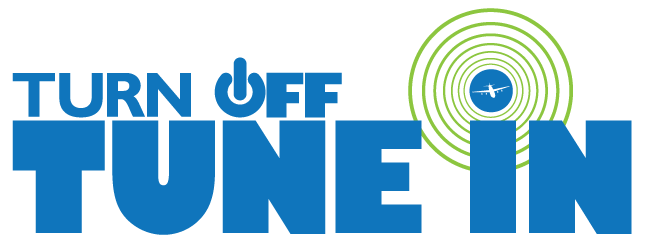
Nov. 18, 2016 // NTSB Releases 2017-18 Most Wanted List

The Most Wanted List represents the NTSB’s advocacy priorities. It is designed to increase awareness of, and support for, the most critical changes needed to reduce transportation accidents and save lives. While the list covers the entire transportation spectrum, several “most wanted” items relate to aviation.
NATCA strongly believes in sharing important safety data. As part of the Partnership for Safety initiative between NATCA and the FAA, several safety programs have been implemented and integrated into an overall safety culture in the work environment.
 One of those programs is the Air Traffic Safety Action Program (ATSAP), which enables controllers and other employees to voluntarily identify and report safety and operational concerns. ATSAP is non-punitive and the data collected is shared between aviation stakeholders through the Confidential Information Share Program (CISP). These programs support the collection, assessment, and review of safety events from the perspectives of air traffic controllers and pilots. Merging perspectives is critical to understanding the causal factors of both known and previously unknown events. By providing a more complete representation of National Airspace System (NAS) operations, NATCA, the FAA, and participating airlines can more accurately identify potential hazards and develop more robust mitigation strategies.
One of those programs is the Air Traffic Safety Action Program (ATSAP), which enables controllers and other employees to voluntarily identify and report safety and operational concerns. ATSAP is non-punitive and the data collected is shared between aviation stakeholders through the Confidential Information Share Program (CISP). These programs support the collection, assessment, and review of safety events from the perspectives of air traffic controllers and pilots. Merging perspectives is critical to understanding the causal factors of both known and previously unknown events. By providing a more complete representation of National Airspace System (NAS) operations, NATCA, the FAA, and participating airlines can more accurately identify potential hazards and develop more robust mitigation strategies.
Below, read items from the NTSB’s 2017-18 list that relate to programs (listed in italics) NATCA is involved in that address critical issues within the NAS. For the full 2017-18 list, click here.
Reduce fatigue-related accidents: Fatigue can be just as deadly in transportation as alcohol and drug impairment, and fatigued drivers and operators regularly cause accidents. Finding and treating fatigue-related medical issues and knowing the fatiguing effects of medications are part of the solution.
Ultimately, fatigue-related accidents can be prevented if drivers, commercial vehicle operators, and safety-critical personnel get adequate rest.
NATCA, the FAA, and the Professional Aviation Safety Specialists (PASS) jointly support Fully Charged, a fatigue education and awareness campaign to provide the workforce with tools to self-educate and mitigate fatigue hazards. Learn more.
Eliminate distractions: In transportation, distraction kills. Drivers and operators in all modes of transportation must keep their hands, eyes, and minds focused on operating their vehicle.
Ultimately, eliminating distractions in transportation will require changes in regulations as well as in driver and operator thinking and behavior.
Turn Off Tune In: With all of the information we see every day, it’s easy to get distracted. No text message, email, website, or digital diversion is worth the risk of endangering the flying public or compromising the safety of the NAS. Together, NATCA and the FAA are asking for your commitment to turn off distractions and tune in to safety. Learn more.
Prevent loss of control in flight in general aviation: Nearly half of all general aviation accidents are caused by loss of control in flight. To prevent unintended departures from flight and better manage stalls, pilots need more training and a better awareness of the technologies that can help prevent these tragedies.
NTSB data from 2008–2014 confirm that loss of control continues to be the biggest killer in general aviation.
Better training on how to eliminate distraction, avoid stalls, and manage weather issues will put pilots back in control and give them better command of their outcomes.

Decision makers in the NAS require a clear, consistent presentation of weather information to ensure safety and efficiency for air traffic operations. NATCA is focused on the challenges within the current weather environment. To address these concerns, NATCA and the FAA have developed NextGen Weather, designed to transform and consolidate weather information and to provide tailored aviation weather products within the NAS.
The continued integration of new programs into facilities and into the cockpit is a primary goal of all stakeholders because it will improve safety and how all users operate within the NAS. Learn more.

In addition, NATCA and the FAA are addressing weather through the Take a Stand for Safety program. It takes controllers and pilots to complete the picture. Learn more.



